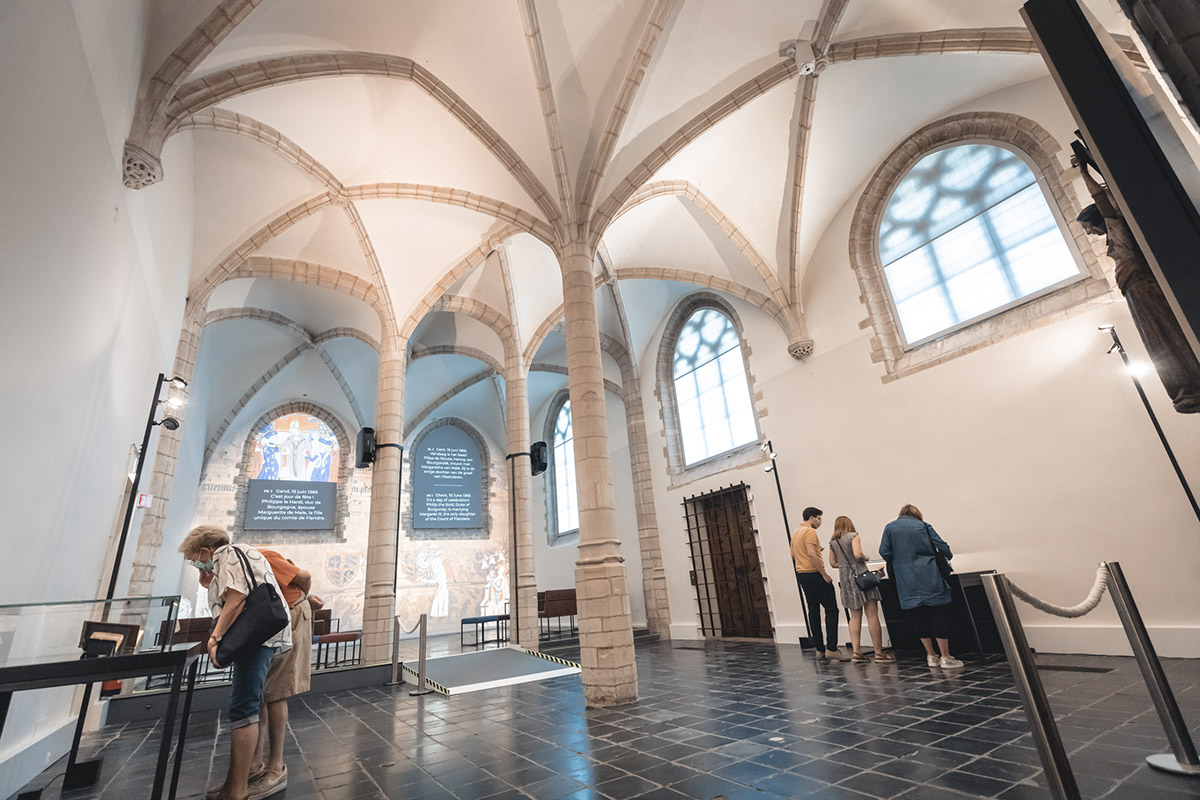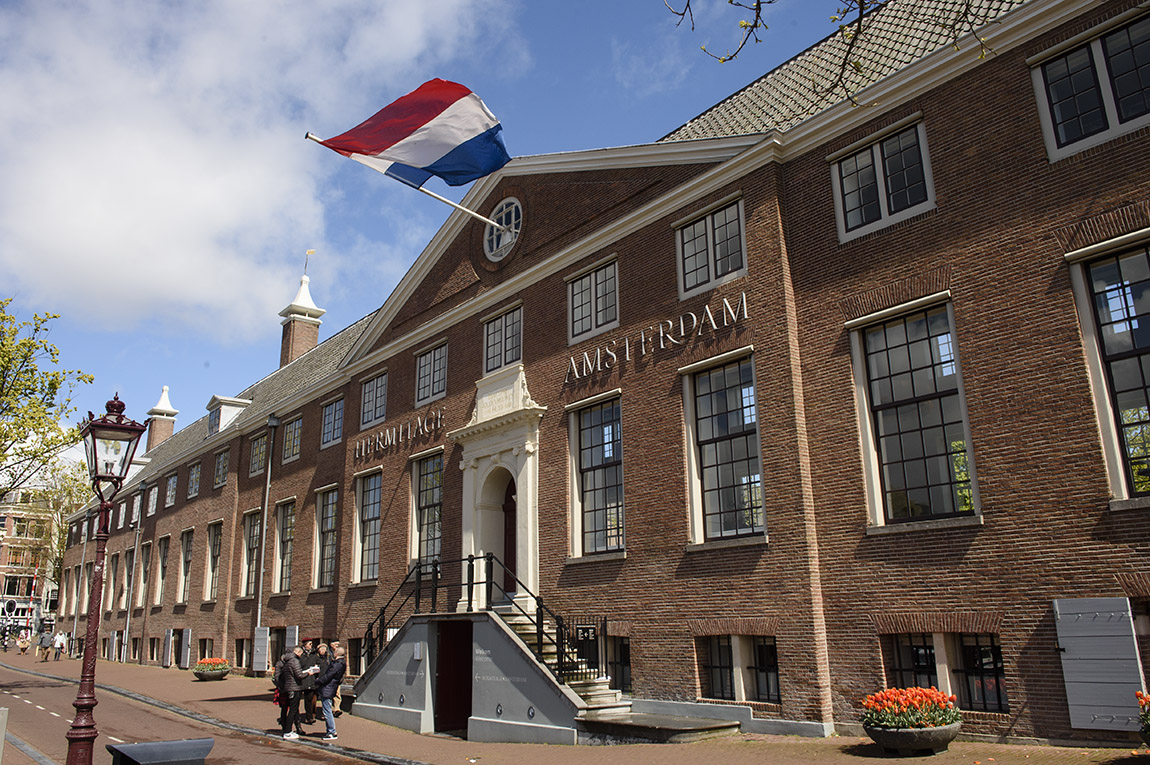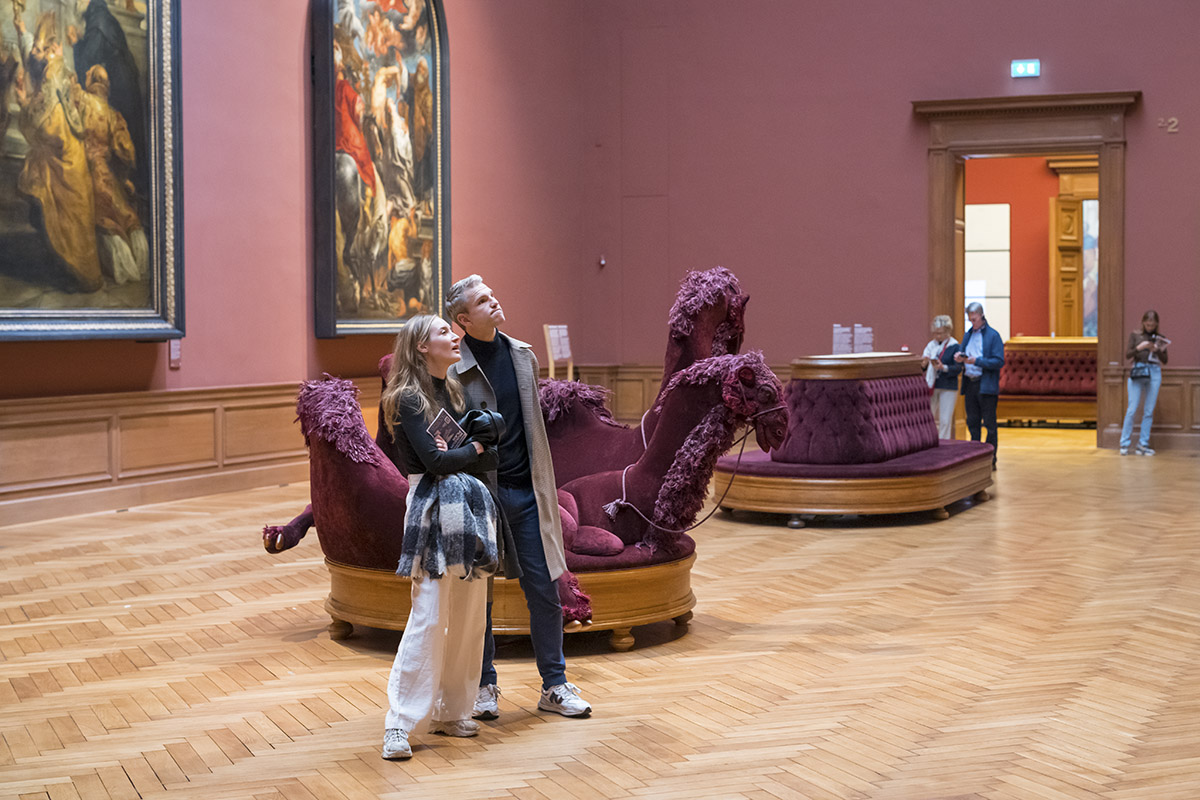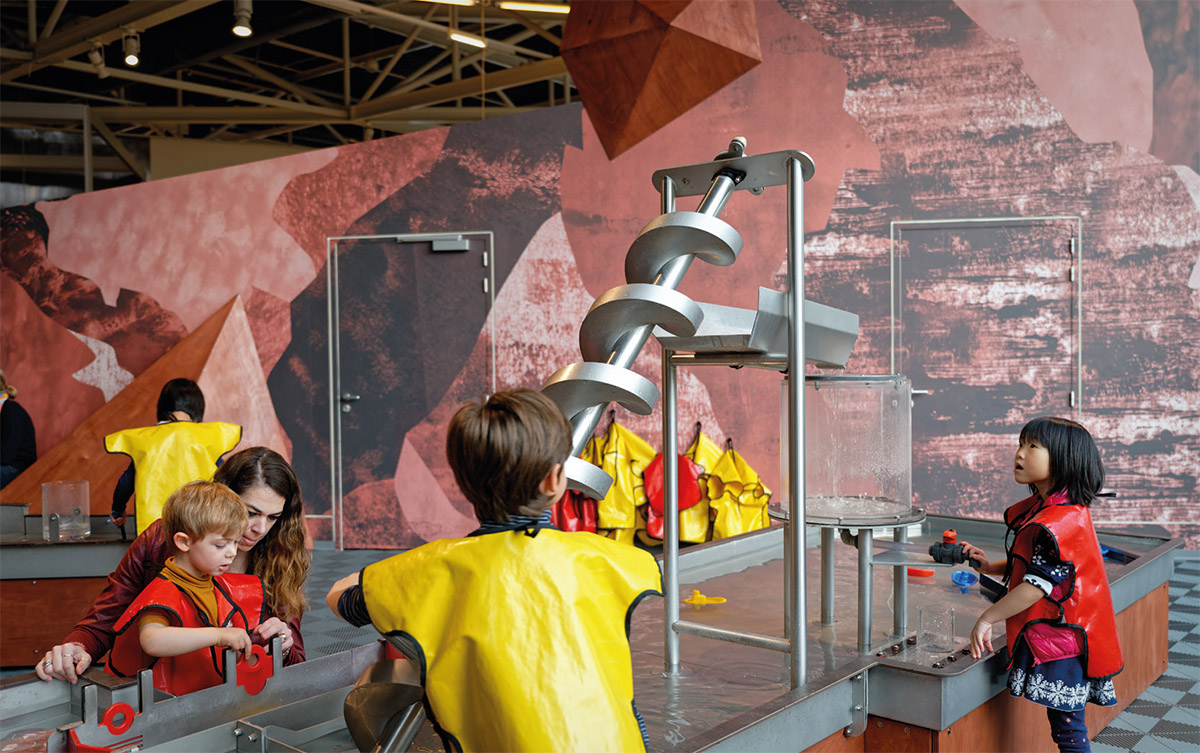Holland Open Air Museum – Taste the flavour of history
Text: Arne Adriaenssens | Photo © Nederlands Openluchtmuseum
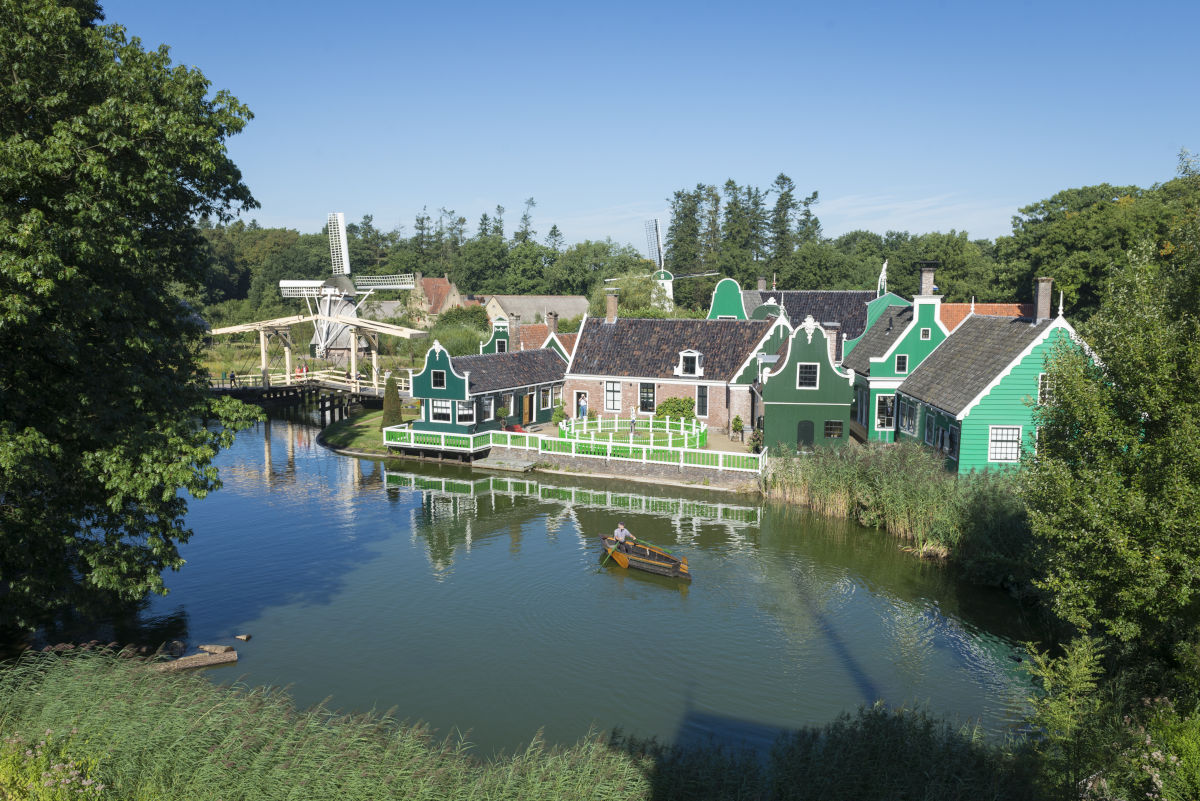
D o you fancy a hot cup of chicory? Or do you prefer chewing on a nice tulip bulb? These ingredients might seem weird today, yet, once, they played a key role on many a menu. Until January next year, the Holland Open Air Museum focuses on the history of our eating habits: because what we crave for today, might just have disgusted people in the days of yore.
There is no accounting for taste. One person’s favourite dish can be another’s culinary nightmare. Nonetheless, all of these, seemingly, personal preferences are to a large extent determined by the era we live in. Until next January, the Holland Open Air Museum zooms in on our ever-changing eating habits during its themed exhibition year Gruwelijk Lekker (Horribly tasty). “Our choice of diet throughout the centuries is determined by many factors,” says Carola van der Woude, head of marketing and communication at the Holland Open Air Museum. “Not just by our changing preferences, but also by the availability of certain products at that specific time and by our ethical and cultural values. Today, we add mushrooms to almost every dish. Yet, for the lion’s share of human history, fungi were associated with death and sorcery and, hence, off-limits for consumption.”
Dog meat
Alongside mushrooms, the Holland Open Air Museum features nine other products and dishes which represent as many eras of the low country’s history. In the museum park, as well as in a temporary exhibition, the fascinating story of these ten pioneer plates gets served. “One of the more remarkable things on the menu dates back to the Iron Age. Around 5,000 Before Christ, the first tribes settled down and became farmers. They kept cattle to work the land and to eat. Besides sheep, goats, cows and pigs, dogs were popular barnyard animals at the time. And although it wasn’t very common to eat these last ones, they surely did end up on a plate in times of famine and scarcity.” This might sound weird to us now, yet, in many Asian countries, golden retrievers and chihuahuas still adorn lots of restaurant menus. And even in our neck of the woods, many ate their loyal canine during the Second World War, when food was scarce. During the infamous Dutch famine of 1944 and 1945, other peculiar things were eaten for dinner as well. “They looked for so-called surrogates: available products that could replace the ingredients that were no longer affordable. Instead of coffee, they drank chicory and, instead of potatoes, they ate tulip bulbs. Those had far from the same taste, but at least they filled those hungry stomachs. In the Holland Open Air Museum, those who dare can even try one of these eatable bulbs themselves.”
‘Garlic eater’
Although most of the delicacies featured during Gruwelijk Lekker seem a bit foreign – or even plain disgusting – to us now, some products we eat today were considered gruesome by our ancestors as well. “Garlic is a great example of that. In 2019, you can’t find a kitchen without it, yet, when the first migrant stream arrived in the Netherlands, the strong scent and spicy taste of garlic couldn’t count on that much enthusiasm. The white bulb even became a symbol for all the negative effects of immigration, resulting in popular insults like ‘garlic eater’.” Clearly, the way we experience food evolves with time. Asked whether our taste levels are better today than they were throughout the last centuries, Van der Woude has difficulties giving a clear answer. “We are definitely more aware of what we eat today. But that doesn’t necessarily mean we eat better. If you look closely at the development of our diet, you see that it doesn’t go in a straight direction. Most products come, go and come again. It is not a linear evolution but rather a repetitive wave motion. So, do we eat better than we used to do? Let’s talk again in 100 years and I will give you an answer to that question.”
Subscribe to Our Newsletter
Receive our monthly newsletter by email
